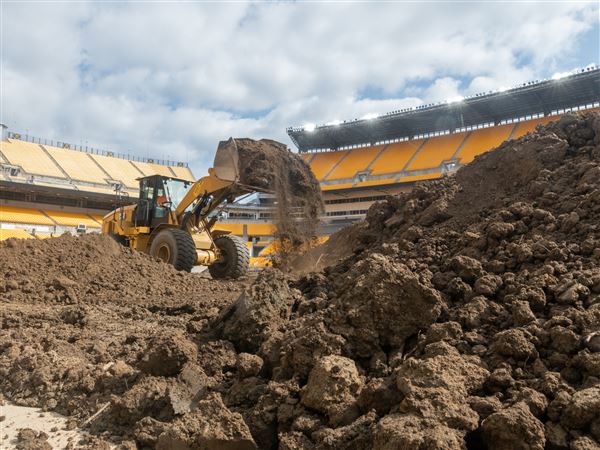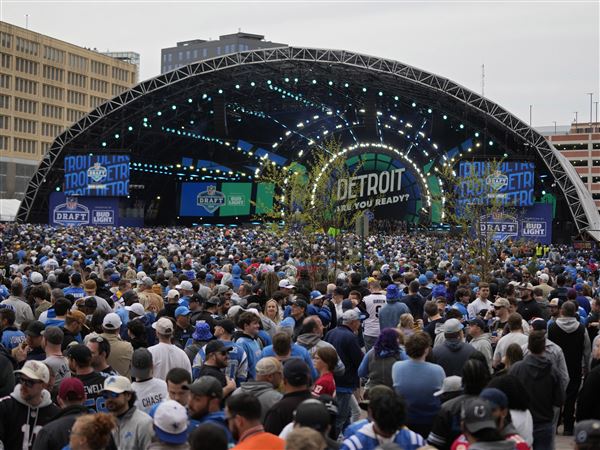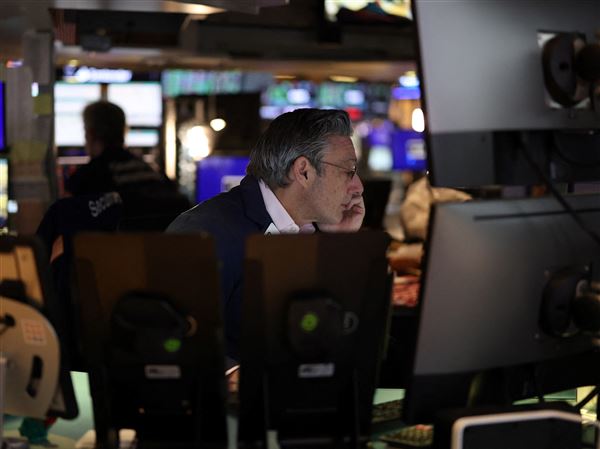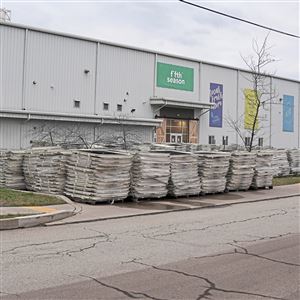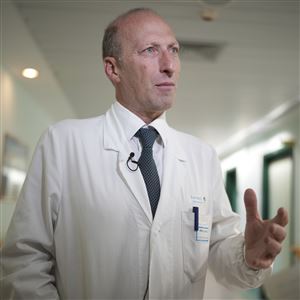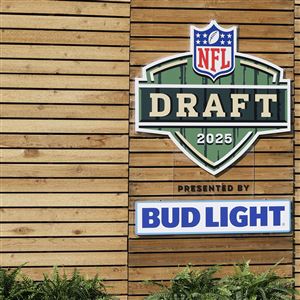The word of the day Saturday was "wow" as speaker after speaker reacted to the crowd of bicycling enthusiasts who converged on Sandcastle Water Park to cheer and officially recognize a job completed 35 years and $80 million after it was started.
The last mile of the 150-mile Great Allegheny Passage opened Thursday along Sandcastle Drive. Now people can ride uninterrupted from Pittsburgh to Washington, D.C., connecting in Cumberland, Md., to the 184-mile C&O Canal Towpath.
"Wow," said Linda McKenna Boxx, board president of the Allegheny Trail Alliance, to an ovation. "To look out at all of you here today, more than 1,000 of you. If we had known it would take [so much time and money], I don't know if we'd have had the heart for it."
Jack Paulik, project manager of the Allegheny Trail Alliance, called Ms. Boxx "the mastermind" in putting together all the passage's segments. Ms. Boxx credited those who took lead roles advocating for the segments that eventually did connect. She called a dozen people to line up, representatives of the counties through which the trail runs and advocates for its development, and said, "This is the human chain of the Great Allegheny Passage." With that, they linked their arms as the crowd cheered.
After the ceremony, the parking lot emptied as attendees rode single-file in a 6.5 mile procession to the Point, the western terminus of the passage, to celebrate again.
"We will ride slowly, to savor the moment," said Seth Gernot, who led the group with an American flag donated by U.S. Sen. Bob Casey, D-Pa. Mr. Gernot and about 30 riders left with the flag from Washington, D.C., on Friday.
"What a special day this is," Allegheny County Executive Rich Fitzgerald said at the Sandcastle event. "Things this big aren't done without the cooperation of an awful lot of partners. This was truly a Herculean effort."
Ms. Boxx took on an aligning role in 1995 as a volunteer with the Regional Trail Corp. The alliance was formed that year as a coalition of seven trail organizations in southwestern Pennsylvania and western Maryland.
"We tend to think only of our own localities," said former Pittsburgh Mayor Tom Murphy, who wore fingerless bicycle gloves. "Linda said, 'Let's put 'em all together,'" he said. "That we have made these connections says a lot about who we have become."
Betty Esper, John Dindak and Ray Bodnar -- the mayors of Homestead, West Homestead and Munhall respectively -- sat in a line of dignitaries that included U.S. Rep. Mike Doyle, D-Forest Hills, in a bicycle helmet. He told the crowd he is committed to getting in shape before his 60th birthday in August by bicycling.
"When we were kids, we never imagined using these riverfronts this way," he said. "I was out on the trail earlier and I saw all these people jogging, walking dogs, picking up litter. This is what's making Pittsburgh a place where more people want to live."
He said the passage's completion would not be possible in the current era of government cutbacks, "but it happened because people had a vision of what this region could be like."
Greeting Ms. Boxx, Munhall Mayor Ray Bodnar said, "Everybody in the world is coming, I hope."
Munhall connected its link to the passage two years ago, he said. "This is recreation and transportation combined," he said. "We all teamed up. I am really so happy today."
Mr. Paulik said he took on the management role "not knowing what I was getting myself into. I had no idea that 28 properties over a nine-mile corridor had not been purchased yet. Most were railroad or commercial properties."
The last mile entailed a feat of engineering for which he recognized more than a dozen firms. Their engineers brought the final nine-mile project in at $13 million, far below the construction estimates of $30 million, he said. "It required three new bridges, a tunnel and a great wall" near Keystone Metals. "These were not considered in the $13 million budget, but the engineers created a remarkable leg of trail" on that budget.
"I am hyperventilating and teared up at least four times waiting to speak," said Cindy Dunn, deputy secretary of the Pennsylvania Department of Conservation and Natural Resources, which contributed $20 million in support through the years. "This was amazing, world-class work. What a journey in space and time.
"Pennsylvania has the most open trail miles in the nation, and this region has led the way. There is no more well-loved project and nothing we're more proud of at DCNR than the Great Allegheny Passage."
Ms. Boxx credited a dozen foundations and every level of government for financial support to buy land, rehabilitate infrastructure and for engineering and contracting. Repairs to the Big Savage Tunnel, unused for years by railroads, cost $12 million alone, she said. "This is high-end, not a footpath but 10 feet wide," and because a portion of road at The Waterfront mall had to be narrowed for the trail, she said, "it gave The Waterfront more human scale by slowing traffic."
She said the alliance commissioned a study two years ago that showed the trail's benefit to local economies as $50 million in direct spending.
Ron Aldom cycled in from Somerset County, where he directs the Chamber of Commerce. He said the trail has popped Somerset County's economy "with a minimum of 25-30 new businesses -- B&Bs. inns, bistros."
Susan Scarpelli of Cumberland, Md., and her sister Mary Jane Snyder of Laughlintown -- both Pittsburgh born -- had just arrived from a weeklong ride from Washington, which Ms. Scarpelli said "was on my bucket list."
They were in a larger group that rode to coincide with the opening of the last mile. "We had a lot of rain and mud along the towpath. The passage was a breeze," she said. "But if I do it again, I'll do it on a mountain bike."
Several speakers credited Mr. Murphy for having the vision of establishing trails along Pittsburgh's riverfront while mayor in the '90s. He recalled challenging one after another riverfront developer to "move your building back. They thought you would be a security risk if you rode behind their buildings."
PNC Bank's operations center Downtown not only moved back from the river but put in lockers for employees, he said. When UPMC Sports Medicine and the Steelers proposed their South Side developments, he said, "We met at the Duquesne Club and had to be told to lower our voices." His argument was, he said, "We want you to be here, but we get the riverfront.
"Each of you should turn to the person next to you and pat them on the back," Mr. Murphy said. "This is a remarkable story. It will change people's lives."
From somewhere in the crowd, a man said, "It already has."
First Published: June 16, 2013, 8:00 a.m.


